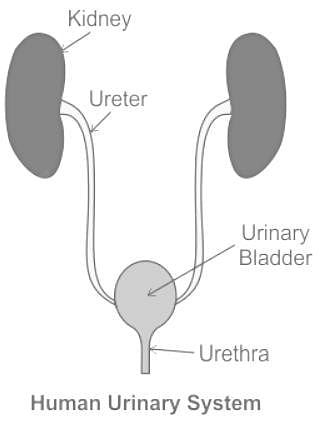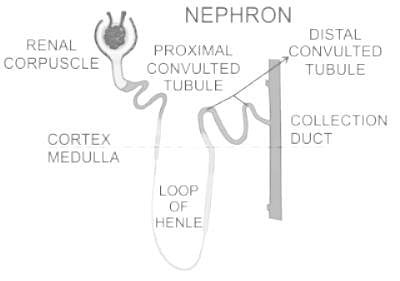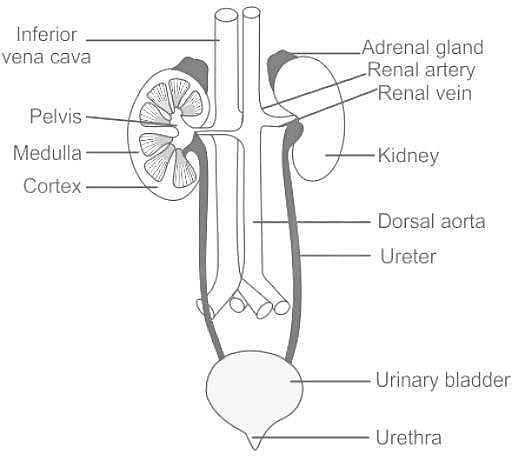SSC CGL Exam > SSC CGL Tests > SSC CGL Tier 2 - Study Material, Online Tests, Previous Year > Test: Excretory System - SSC CGL MCQ
Test: Excretory System - SSC CGL MCQ
Test Description
10 Questions MCQ Test SSC CGL Tier 2 - Study Material, Online Tests, Previous Year - Test: Excretory System
Test: Excretory System for SSC CGL 2024 is part of SSC CGL Tier 2 - Study Material, Online Tests, Previous Year preparation. The Test: Excretory System questions and answers have been
prepared according to the SSC CGL exam syllabus.The Test: Excretory System MCQs are made for SSC CGL 2024 Exam. Find important
definitions, questions, notes, meanings, examples, exercises, MCQs and online tests for Test: Excretory System below.
Solutions of Test: Excretory System questions in English are available as part of our SSC CGL Tier 2 - Study Material, Online Tests, Previous Year for SSC CGL & Test: Excretory System solutions in
Hindi for SSC CGL Tier 2 - Study Material, Online Tests, Previous Year course. Download more important topics, notes, lectures and mock
test series for SSC CGL Exam by signing up for free. Attempt Test: Excretory System | 10 questions in 10 minutes | Mock test for SSC CGL preparation | Free important questions MCQ to study SSC CGL Tier 2 - Study Material, Online Tests, Previous Year for SSC CGL Exam | Download free PDF with solutions
Detailed Solution for Test: Excretory System - Question 1
Detailed Solution for Test: Excretory System - Question 2
| 1 Crore+ students have signed up on EduRev. Have you? Download the App |
Test: Excretory System - Question 3
Which of the followings is the largest exocrine gland in human body?
Detailed Solution for Test: Excretory System - Question 3
Detailed Solution for Test: Excretory System - Question 4
Detailed Solution for Test: Excretory System - Question 5
Detailed Solution for Test: Excretory System - Question 6
Detailed Solution for Test: Excretory System - Question 7
Test: Excretory System - Question 8
Which one of the following shows the correct sequence of the path of urine in the human excretory system?
Detailed Solution for Test: Excretory System - Question 8
Detailed Solution for Test: Excretory System - Question 9
Detailed Solution for Test: Excretory System - Question 10
|
1365 videos|1312 docs|1010 tests
|
Information about Test: Excretory System Page
In this test you can find the Exam questions for Test: Excretory System solved & explained in the simplest way possible.
Besides giving Questions and answers for Test: Excretory System, EduRev gives you an ample number of Online tests for practice
|
1365 videos|1312 docs|1010 tests
|
Download as PDF























